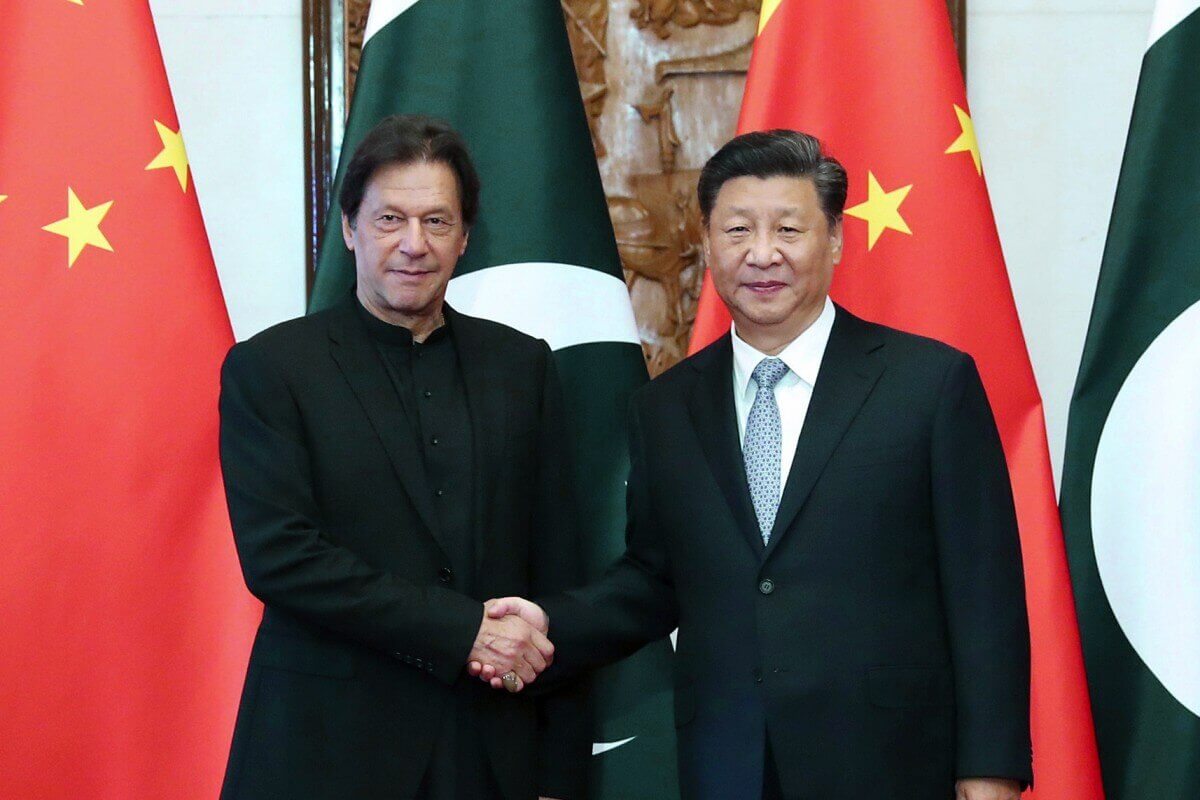China allegedly spent almost $4 billion in developmental projects in the Indian neighbourhood in 2020. Even though no official figures are available for the entirety of its investments, the American Enterprise Institute (AEI), which closely monitors China’s investments and construction projects globally, claims that about $1.93 billion of the total dedicated to the region were given to its all-weather ally Pakistan.
The AEI also reports that China has also spent lavishly in other neighbouring countries of India. This includes a $1.25 billion portfolio in Bangladesh, $450 million in Sri Lanka, and $280 million in Myanmar. These investments were all carried out under President Xi Jinping’s flagship Belt and Road Initiative (BRI). Analysts suspect that these figures are downplayed and actual investments by Beijing are higher than the number quoted.
“Recent estimates showed 60% of the FDI in Pakistan, more than 40% in Myanmar and more than 30% in Sri Lanka came from China, which has a bigger cheque book to throw around. Such large investments in what aren’t vibrant economies are aimed at generating geopolitical influence but also lead to badly designed projects that make problems worse. For instance, rates for power generated by China-backed projects in Pakistan are 20% to 50% more than in India,” says Amit Bhandari, a fellow at Gateway House: Indian Council on Global Relations, Mumbai.
After India’s border standoff with China in May this year, India increased its spending on developmental projects in its neighbourhood affected by the COVID-19 pandemic, including Sri Lanka and the Maldives. According to the Hindustan Times, India “provided currency swap facilities of $400 million each to Sri Lanka and the Maldives to bolster economic revival” and “also provided a soft loan of $250 million to the Maldives as budgetary support.” Further, India also contributed $500 million to the Greater Male Connectivity Project, which included a grant of $100 million. The project includes 6.7-kilometre-long bridge and causeway links between the national capital and three islands. This is the Maldives’ biggest infrastructure project.
However, these efforts by New Delhi have paled in comparison to China’s huge investment surplus. Most Chinese investments in the region are part of China’s BRI, the centrepiece of which is the China-Pakistan Economic Corridor (CPEC). The CPEC lies at the heart of the six corridors that China aims to build, and will link Kashgar in China’s Xinjiang province with the coastal city of Gwadar in Pakistan’s Baluchistan. Once the project is completed, China will have continental access to the Indian Ocean.
China and Pakistan have been all-weather allies. In January of this year, the two conducted joint naval drills in the Port of Karachi. China had then insisted that the exercises were to enhance “capabilities of the two navies to jointly cope with maritime terrorism and crime,” and were not aimed towards “any third party”. Additionally, PM Imran Khan has publicly spoken at length about the Kashmir issue with India, but has declined to comment on the situation of the Uighur Muslims in China’s Xinjian province because China has been “a good friend” and therefore the matter is only discussed “privately”.
Half of China’s Infrastructure Contracts in India’s Neighbourhood Given to Pakistan
Although no official figures are available, reports suggest that China’s contracts to Pakistan in 2020 were worth about $1.93 billion, approximately half of what it spent in the entire neighbourhood.
December 21, 2020

SOURCE: XINHUA
